The concept of power reserve dates back to the 15th century. It originates from when the coiled spring was first used as a power source in timepieces. Prior to this, clocks used a system of pulleys and weights to power themselves. The invention of the coiled spring allowed watchmakers to downsize their movements. This meant that they could fit into smaller, handheld cases. This allowed for the invention of pocket watches. This would later be followed by the introduction of wristwatches. Many wristwatch collectors are interested in the power reserve of their watches as it dictates how and when a watch should be worn to best preserve power and the health of the movement. If you are interested in how power reserve works, keep reading for a detailed guide on power reserve.
What is Power Reserve?
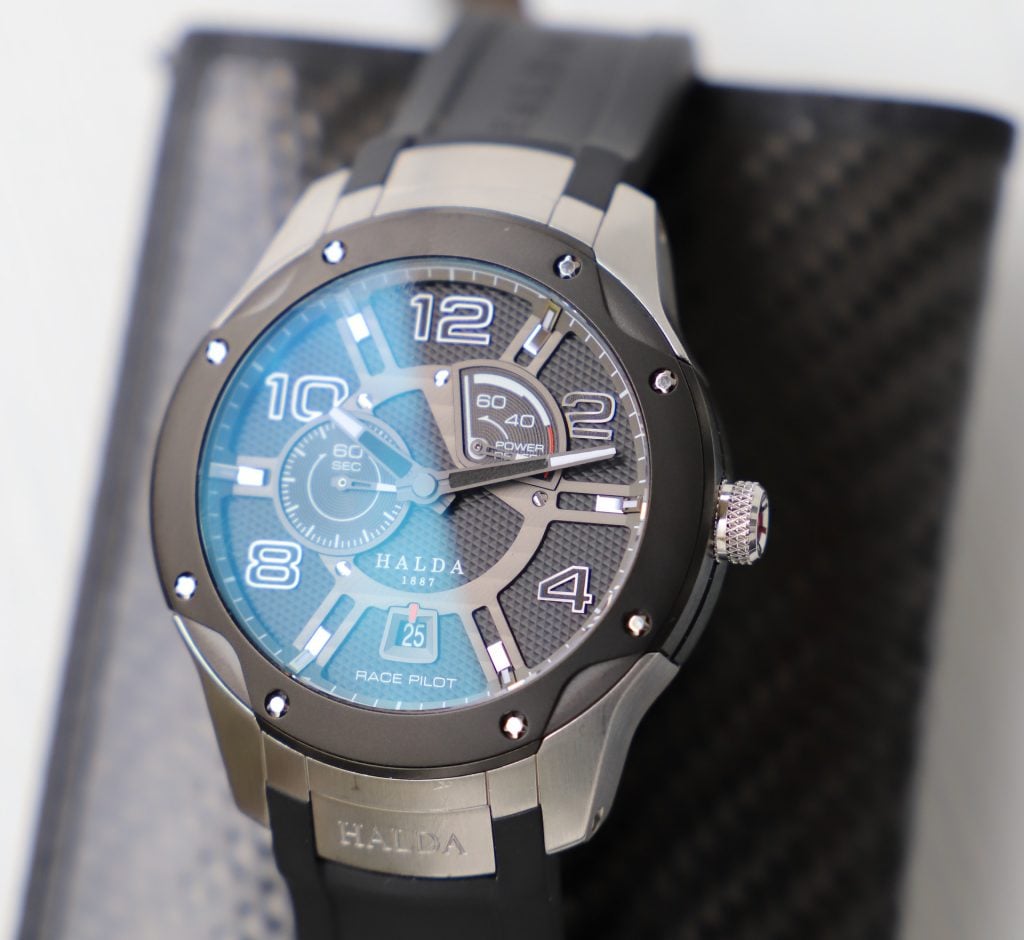
Power reserve is essentially the amount of time a mechanical watch will work after it has been fully wound. This is only relevant to mechanical watches, including automatic and hand-wound movements. Quartz watches use a battery, so will stop working when the battery runs out, and smartwatches require regular charging. Mechanical watches are the only kind of watches that are powered by a coiled spring, so a detailed guide on power reserve is only truly relevant to them.
Power reserve is sometimes referred to using the French phrase ‘Réserve de Marche’. Watches with a power reserve are powered by a spring which slowly uncoils. This powers the hands and other complications on a watch to move at a set pace. In the past, watchmakers struggled with the spring uncoiling too quickly or too slowly. In turn, this would make the watch run fast or slow. This issue has been overcome by years of development and the technologies used in modern watchmaking.
How Does Power Reserve Work?
The power reserve refers to how long it takes for the coiled spring to unwind. The longer the power reserve, the longer it can be left between wearing or winding. Automatic and hand-wound watches work slightly differently as the movements are different. Automatic watches wind as they are worn with the natural movement of the wrist causing the rotor to spin. This means that the watch is unlikely to ever be fully wound as the watch is using power as it gains it. However, it also means that so long as the watch is being worn regularly, it should remain charged.
In order to keep automatic watches powered it is often advised that they be stored on a watch winder. This will also keep the movements healthy and prevent them from seizing. Watch winders replicate the natural movements of the wrist. They are a great item for those with a large watch collection who do not wear each timepiece regularly.
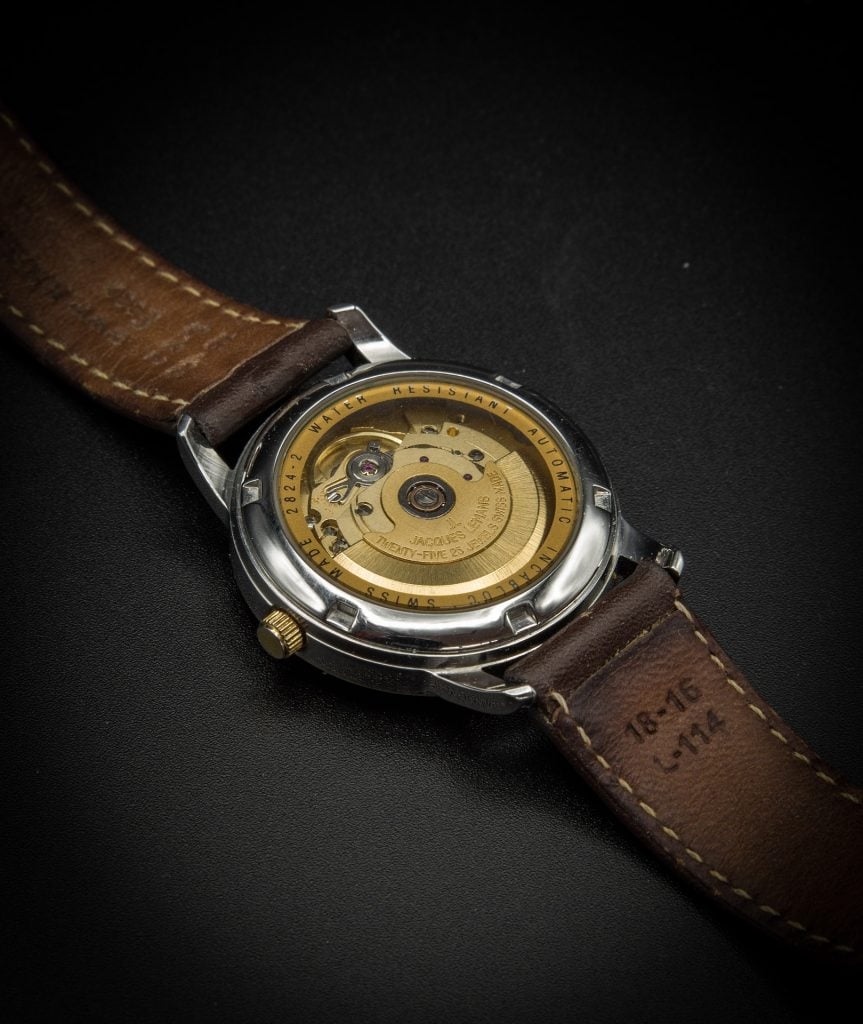
Hand-wound watches can be fully wound in one go. The spring will be fully coiled when the watch is wound. It will then gradually fully uncoil as the power is used. It is recommended that hand-wound watches are wound once a day, preferably when it is removed after a day of wear. This means that it will be fully wound and powered to wear the following day.
Power Reserve Indicators
Power reserve indicators are becoming more common in watchmaking as the desire for them increases. These indicators are small displays, often on the dial of a watch, that depict the power reserve of a watch. It is usually shown using a dial or line gauge. They feature a hand that exhibits the power levels of the watch. An indicator will show the wearer when the power is running low, giving them advanced warning to either wind or wear the watch.
Indicators are considered to be desirable as they are a technical upgrade in a watch. The movement has to be made slightly more complex to accommodate this function, so is often only used in high-end, quality watches. Watches can be built to have a higher power reserve, but this tends to be expensive as it requires very precise engineering. The Hublot Ferrari is thought to have the longest power reserve ever recorded, at an incredible 50 days.
Some Recommendations
ORIS Big Crown ProPilot Calibre 111 01 111 7711 4163-set 1 72fc
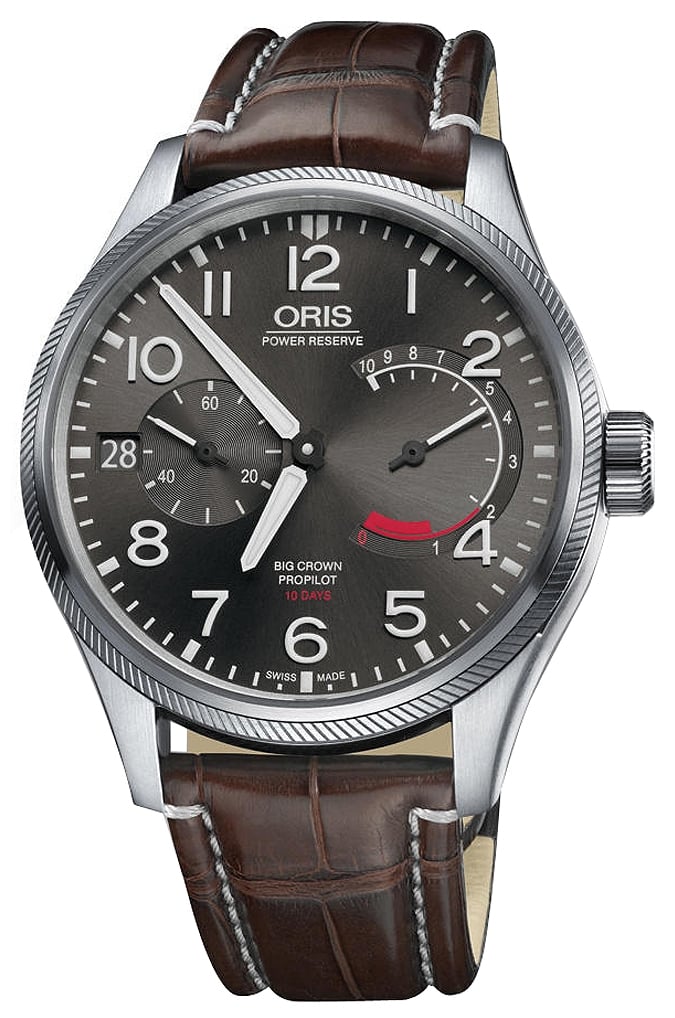
Classic in both its design and movement, this ORIS watch is inspired by pioneering aviators and pilots watch design. The hand-wound movement that powers this watch has a power reserve of up to 10 days. This will allow the wearer much more flexibility in when and how they wear the watch. A power reserve indicator features on the sunray grey dial, along with a date display and large Arabic numerals. The powerful movement can be viewed through the exhibition case back, allowing the wearer to enjoy the mechanism that gives the watch such a generous power reserve. This model exhibits a 44mm stainless steel case and a brown leather strap. These features give the watch its traditional pilots watch appearance.
MeisterSinger Men’s Circularis Power Reserve Hand Wound Ivory CCP303
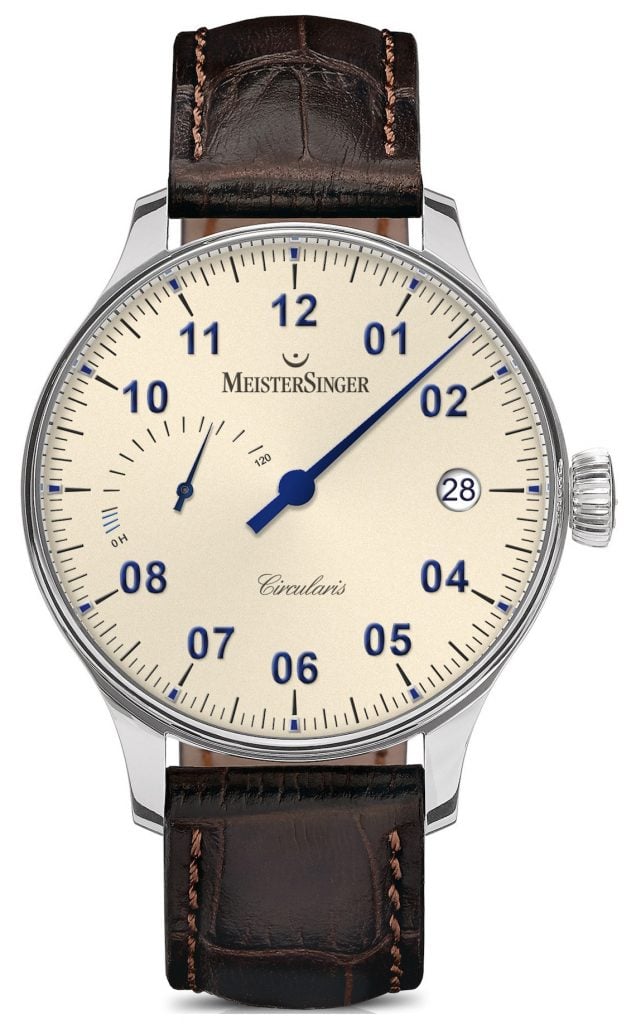
The design of this watch’s dial revolves around the power reserve indicator which is placed at 9 o’clock. MeisterSinger keeps its dials rather empty, using only one hand to show the time with an accuracy of 5 minutes. The cream dial exhibits a blue hand with blue Arabic indices and a date aperture at 3 o’clock. The unique design of MeisterSinger watches ensures they will be eye-catching on the wrist. This model is powered by an MSH02 hand-wound movement and has a power reserve of up to 120 hours. This movement uses 31 jewels and 28,800 semi-oscillations per hour to power the watch. A brown leather strap with a crocodile grain secures this watch on the wrist.
RADO Coupole Classic Automatic Brown Leather Bracelet Watch R22861165
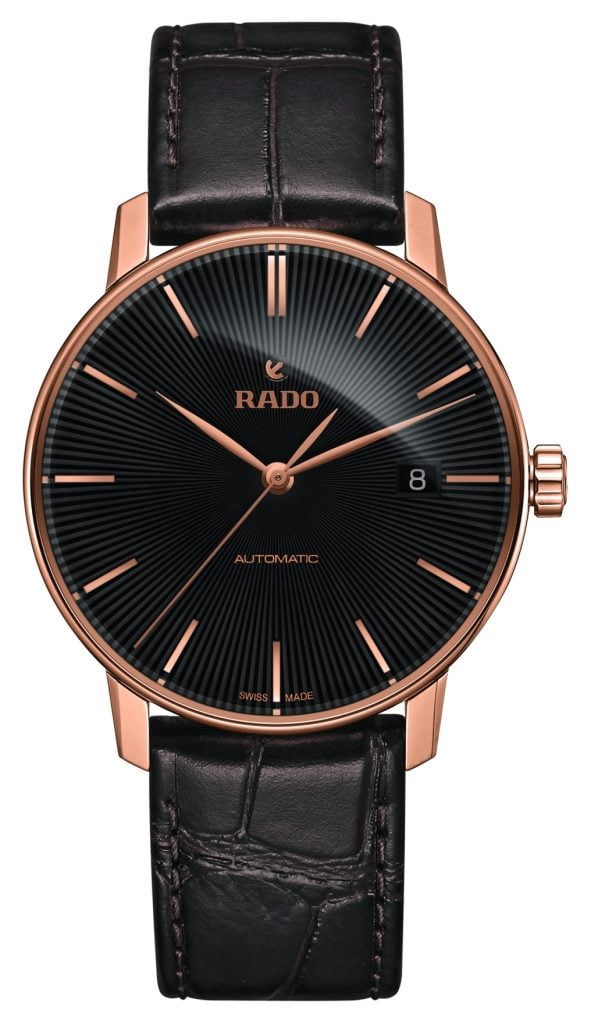
The elegant, dark colour scheme of this watch makes it suitable to wear for all occasions. It has a vintage feel with a modern rose gold-plated case, combining old and new styles. RADO are known for exclusively using the highest quality materials and movements, and this watch is no exception. It is powered by an automatic movement that has a power reserve of up to 80 hours. This means that it will be wound by the natural movements of the wrist. If the watch is worn regularly, it will not need to be hand wound. The beauty of this movement can be observed through the sapphire crystal exhibition case back. This model is finished with a brown leather strap which perfectly complements the dark dial.
Certina DS-1 Powermatic 80 Brown Dial Watch C0298071129102
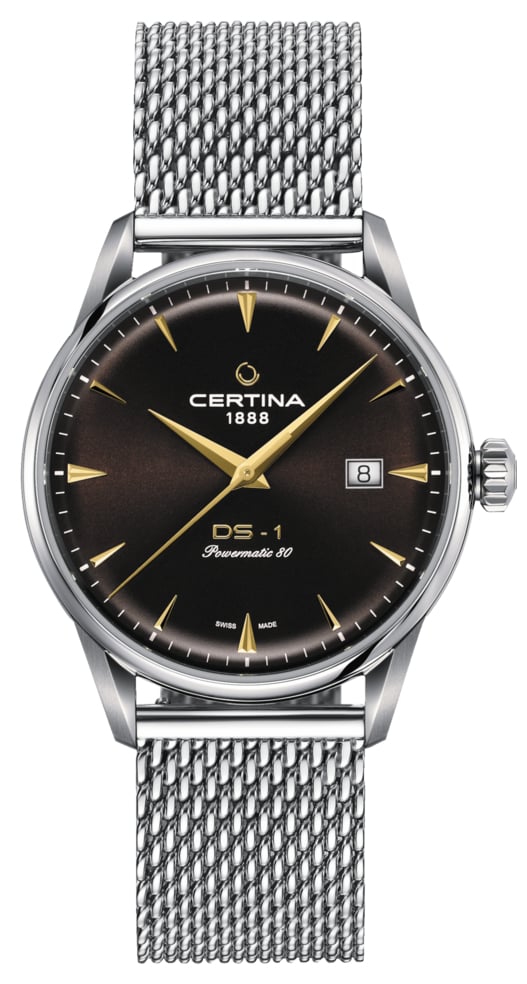
Certina have built this watch using an automatic Powermatic 80 movement, providing the watch with a power reserve of up to 80 hours. This movement is housed in a stainless steel case which measures 40mm in diameter. The brown sunray dial exhibits gold hands and indices with a date aperture positioned at 3 o’clock. The dial is protected by antireflective sapphire crystal which ensures that the dial can be read easily, even under bright lights. This watch is water resistant up to 100 meters, or 10 bar, meaning that it can be worn for some swimming activities and is more than suited to daily wear. The watch is finished with an elegant stainless steel Milanese mesh bracelet.
Tissot Men’s Ballade | Powermatic 80 Siliculm | Two Tone Bracelet T1084082227801

This watch is made unique by its chronometer status. This certification gives the watch a prestigious feel and ensures that it is one of the finest examples of Swiss watchmaking. The automatic Powermatic 80 movement that powers this watch is equipped with a silicon balance spring. It provides the watch with a power reserve of up to 80 hours. The gold and silver colour scheme adds to the luxury feel of this model, with the silver dial exhibiting gold hands and indices. A textured, gold-plated bezel and a stainless steel case frame the dial. This model is secured on the wrist using a dual-tone gold and silver stainless steel bracelet.
What did you think of our detailed guide on power reserve? Would you consider adding a watch with a power reserve indicator to your collection? Let us know in the comments below!





